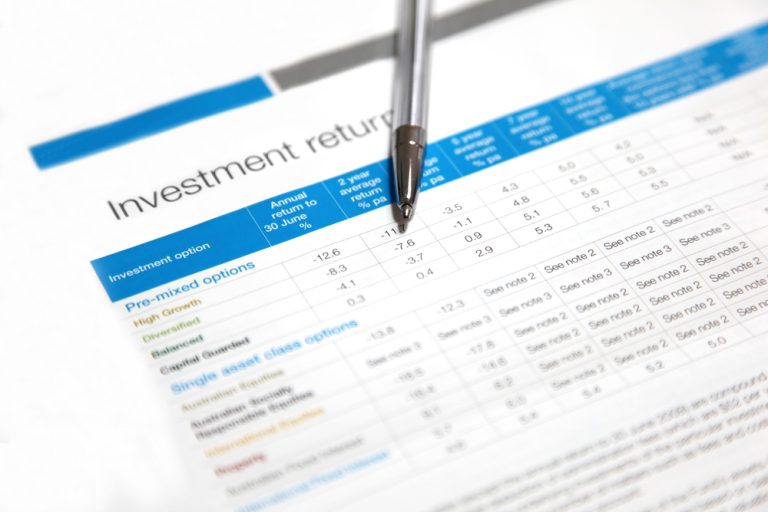Positioning your portfolio in turbulent times
As any experienced investor knows, all investment markets have their ups and downs. Regardless of investor experience, turbulent times are a cause of anxiety, and that can lead to poor decision-making. So, if turbulent markets are inevitable, even if their timing is not predictable, how should portfolios be positioned in anticipation of and in response to market volatility?
What’s your objective?
First up, it’s important to go back to your investment objective. Is it to grow wealth over the medium to long term? Or are you more concerned with preserving capital? Your objective also needs to take account of your risk profile.
With your risk tolerance and objectives clarified, it’s time to get to grips with asset allocation. This is the process of deciding what proportion of your portfolio will be allocated to each of the major asset classes: cash, fixed interest, property and shares.
Asset allocation is the engine room of your portfolio. The amount that you apportion to the major asset classes has the biggest effect on your portfolio performance. It has a greater bearing on your returns than individual asset selection.
Asset allocation is also your key risk management tool, the more you allocate to shares and property the greater the volatility, and therefore the risk. However, in this context, risk isn’t always a bad thing. A higher risk portfolio may at times fall more in value than a lower risks portfolio, but over the long term it is also more likely to generate higher returns.
Oops, too late
Unfortunately, the motivation to position a portfolio for turbulent times is often a sudden upset in investment markets. But this doesn’t mean it’s too late to do anything. If your investment objectives and risk tolerance haven’t changed, rebalancing your portfolio (i.e. bringing the asset allocation back to its ideal position) may help to position it for the next upswing in investment markets.
Waiting out the storms
While positioning can help with portfolio risk management, many investors opt to wait out any storms. Why? Because for all the ups and downs, bull markets and bear markets, bubbles and crashes, major share markets have delivered solid long-term growth. In fact, it has been claimed that investors have lost more money trying to anticipate corrections, than they would have lost in riding out actual corrections.
A detached view
Concerned about the financial outlook and your portfolio’s current position? We can provide an impartial assessment of your portfolio, help you identify your objectives and your risk tolerance, and recommend investments to help you weather the turbulent times. Talk to us today to get started.
The information provided in this article is general in nature only and does not constitute personal financial advice.






